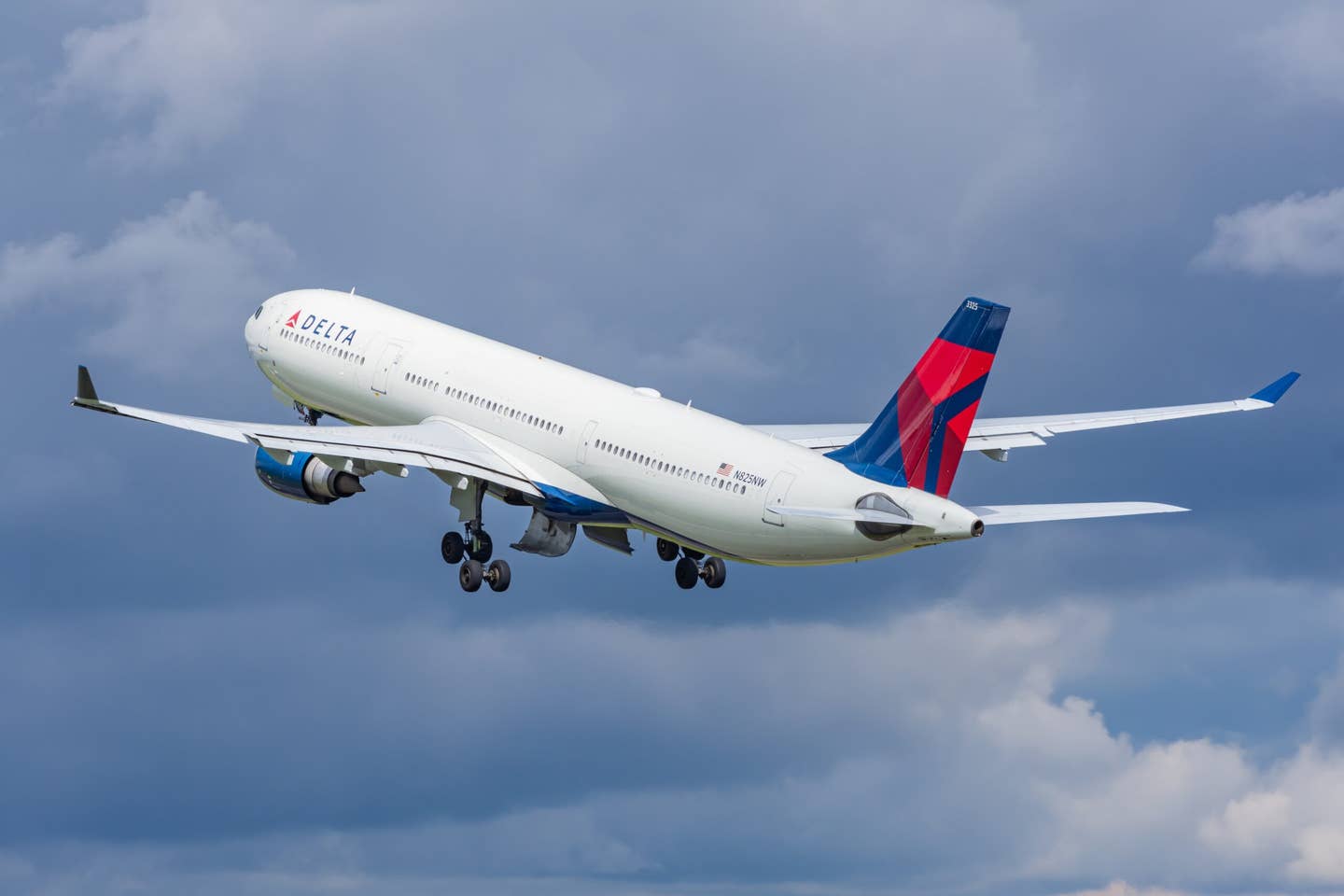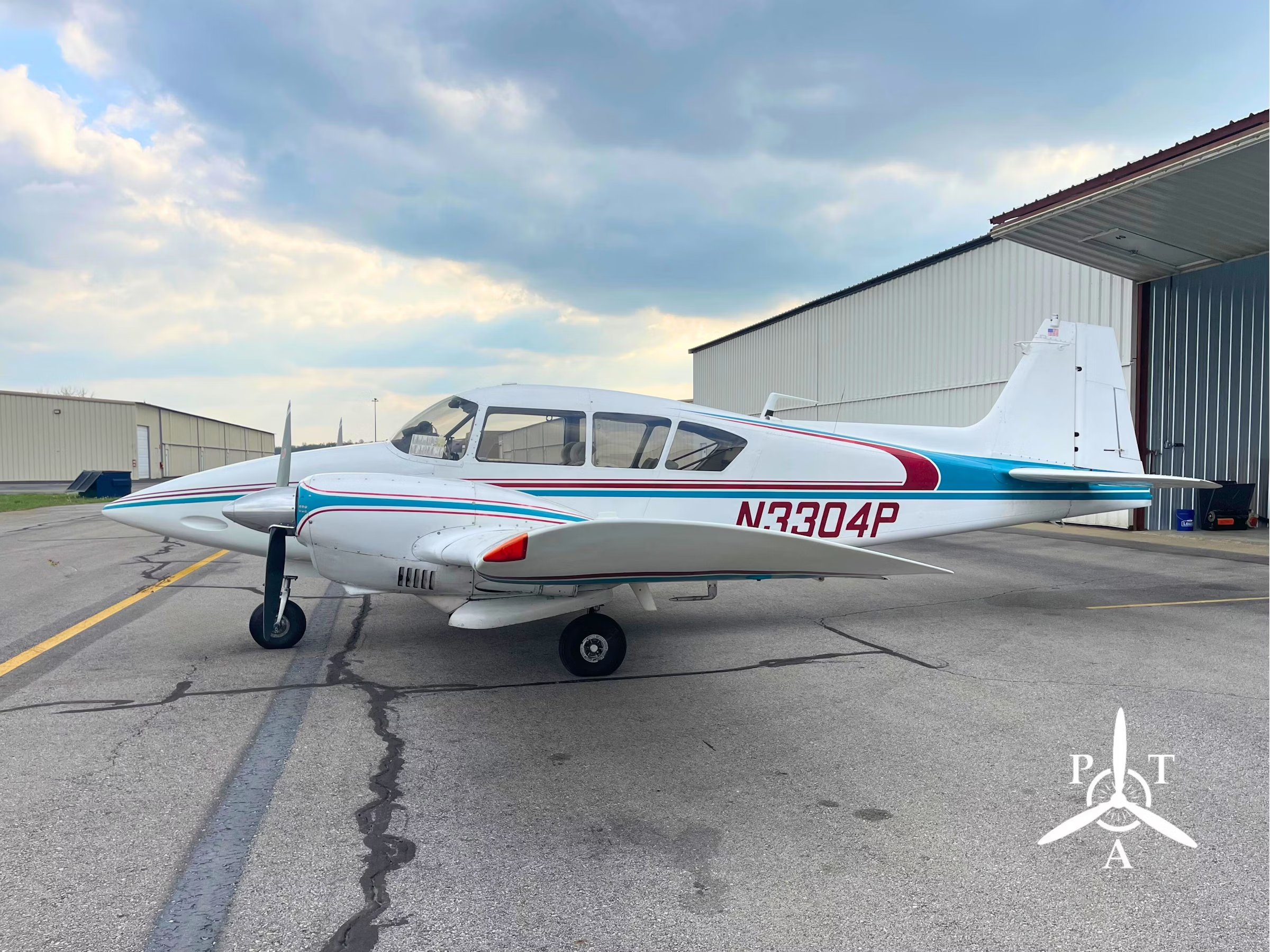
Every aircraft has a distinct story. And even some of those that fell on some sort of misfortune live on beneath the waves, allowing scuba divers to explore the wreckage and visit these planes in their second life. Here are six examples of airplanes that now live on the seafloor and the history behind their demise.
Bristol Beaufighter — Malta
On March 17, 1943, Sgt. Donald Frazee and Sgt. Sandery of the Royal Air Force took off in a Bristol Beaufighter with eight other Beaufighters and nine Beauforts on a “shipping strike of Port Stelo” during World War II, according to the wartime diary of Frederick R. Galea. But just 13 minutes later the plane began to shake violently and lose speed. The culprit: engine failure. The crew ditched the ship and was brought to safety.
In 2005, this long-range fighter was seen once again, this time lying inverted on the sandy ocean floor, about 1,000 yards off the coast of Malta. Now, divers can explore this twin-engine aircraft once more, as it lies in about 125 feet of water, with its main fuselage, wings and undercarriage still intact. Moray and conger eels can be seen at this dive site, along with the coral starting to grow on the plane in its second life.
Aichi E13A — Palau
Known to the Allied forces as a Jake, this long-range reconnaissance seaplane was used commonly by the Imperial Japanese Navy in the Pacific. Although it was introduced (1941) and retired (1945) in the same decade, more than 1,400 of these seaplanes were produced.
One of them can be found in about 45 feet of water, about a five-minute boat ride from Koror, Palau.
The engine of the aircraft is broken off from the fuselage, but the plane is relatively intact, making it a popular subject for underwater photographers. On impact, the tail section and one pontoon broke away. This wreck is especially appealing to divers because it is resting on a large coral head, which attracts a variety of marine life, including octopuses, nudibranchs and a host of tropical fishes.
Vought F4U Corsair — Hawaii
The pilot of this American fighter thought that he had a faulty fuel gauge when he noticed it quickly plummeting after taking off from Pearl Harbor on a routine mission in 1948. But when his engine failed, he realized that it was a more dire issue. The pilot successfully landed his aircraft about 3 miles off the southeast coast of Oahu and was later rescued, but his plane was a casualty of the mistake.
This relatively intact wreck can be found in 115 feet of water today with its left wing submerged in sand, keeping the wreck in place despite strong currents. Divers can explore the Corsair — which was introduced in 1942 and used by the U.S. Navy and Marines, along with the Royal Navy and Royal New Zealand Air Force — and enjoy encounters with resident snapper, squirrelfish and pufferfish.
Bristol Blenheim Bomber — Malta
There’s another warbird lying on the seafloor off the coast of Malta that was crafted by the Bristol Aeroplane Company. A Bristol Blenheim — a light bomber used extensively by the Royal Air Force during World War II — can be found in 130 feet of water, just 875 yards off the Delimara Peninsula.
The exact combat record of this aircraft is unknown, but we can assume that it went down at some point in 1941, when several Blenheim squadrons were stationed on the Mediterranean island. It’s believed that the pilot ditched the plane after an Italian Macchi C.202 took out one engine in combat.
This three-man bomber was used mostly as a long-range and night fighter during WWII. Today, divers can explore the surprisingly intact wreckage. The wings and engines are mostly intact, with the port-side propeller missing.
Shorts 330-200 — British Virgin Islands
This passenger aircraft — built to carry three crew members and 30 passengers while it was produced from 1974 to 1992 — overran into the Caribbean sea after aborting takeoff on May 6, 1993. All of the passengers on the plane, which was taking off from what was then known as Beef Island Airport in the British Virgin Islands, were unharmed, but the plane was a lost cause.
The aircraft — measuring 75 feet from wing to wing and 58 feet in length — was stripped of its instruments and repositioned in 42 feet of water off Great Dog Island for divers to explore.
Vulcan Bomber — Bahamas
You won’t find any military history associated with this dive site, but a strong link to pop culture instead.
In the film Thunderball, James Bond is asked to investigate the disappearance of an Avro Vulcan high-altitude bomber and its cargo of atomic bombs. Bond finds the plane sunken in the waters of the Bahamas. The film crew actually assembled a fiberglass model of a Vulcan bomber while shooting in the Bahamas, sinking the set piece in about 40 feet of water off New Providence Island. It's believed that the crew destroyed the model so others could not use it for filming, leaving the remaining metal framework that can be seen today.
The jungle gym-like structure is now a magnet for marine life, with corals covering the metal framing and angelfish, grouper, blue tangs and snapper making frequent visits.
Not a diver yet? Get your certification online today with PADI to start exploring wrecks like these and so much more.

Sign-up for newsletters & special offers!
Get the latest FLYING stories & special offers delivered directly to your inbox






